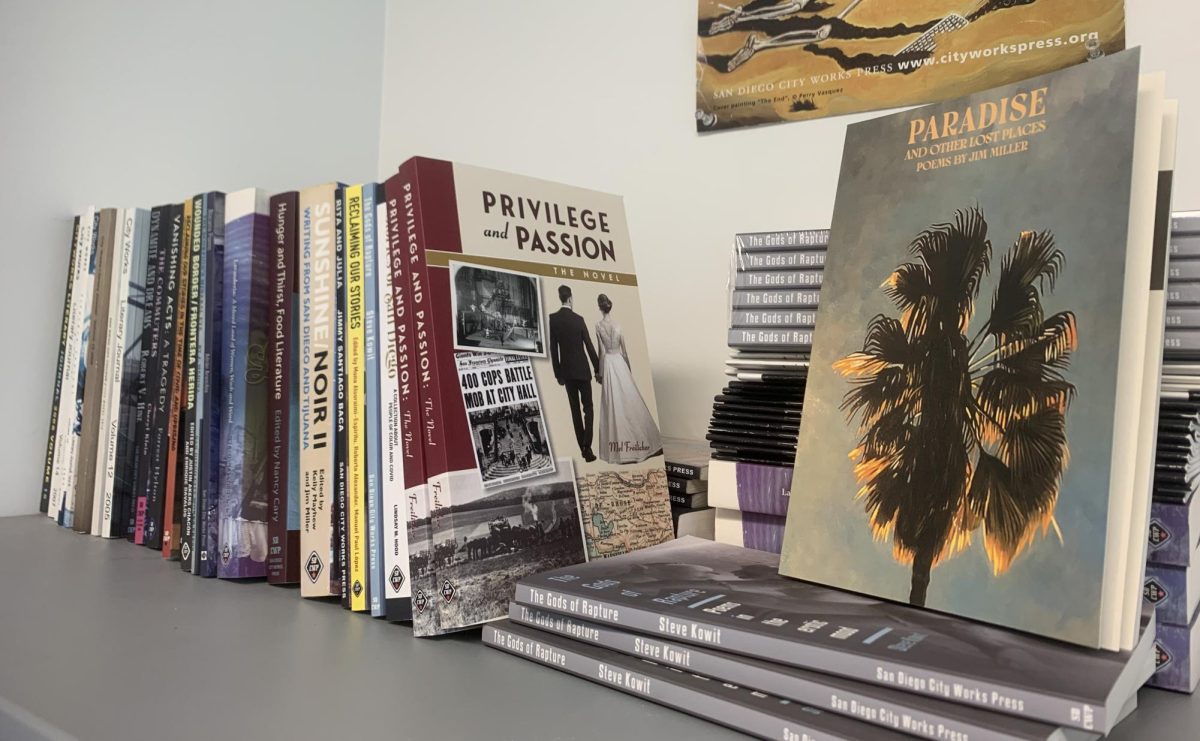Every October we celebrate the Halloween holiday. Children find costumes of their favorite character. Some become ninjas, some monsters, some become pretty-pretty princesses, and some dress as witches. Their parents take them out for a night on the town. The goal is to get as much candy as you can.
But how did we begin this tradition? Well, as with most things, our fun traditions did have a basis before the goal of the night was candy.
There are several different holidays that fall around Halloween. Halloween itself was once called All Hallow’s Eve, which was followed by Nov. 1 of All Saint’s Day. The same date is also known as Dia de Meurte. But if follow the astrological event which All Hallow’s Eve is to be based on, it would fall sometime around Nov. 6 or 7.
All Hallow’s Eve has its roots in the ancient Celtic tradition called Samhain.
All Saint’s Day, which is Nov. 1, was part of the Pagan tradition. It is now mostly viewed as a Christian holiday, but its roots lie in Pagans honoring their ancestors and thanking them for their guidance. Dia de Meurte is similar to All Saint’s Day.
The tradition of pumpkin carving is technically a new tradition. But it is based on an older tradition. Before pumpkins were carved, turnips were carved. A candle was placed within it to help guide lost spirits. In some parts of the world, marigolds would be used to create a path to help lost spirits.
The phrase trick-or-treat first appeared in print in Canada. But it is based on an older tradition. Costumes were worn to help confuse the “wee folk,” who would often pull pranks.
Halloween was one of the two times during the year that the veil between worlds was the thinnest. Spirits were said to rise and walk the Earth on this night. This is what led to costumes being worn. Some wore the costumes to honor ancestors, while other traditions would wear costumes to help hide them from wandering spirits. The costumes were to help confuse them.
Apples appear in many Halloween traditions. This was because October is usually when apples were harvested. As a result, we now have traditions such as bobbing for apples.
We also have the treat known as a candied apple. But an apple tradition rarely seen anymore is apple peeling. A young woman peeled an apple then threw the skins. It would land in the shape of the first letter of the name of the future husband.
One of the most famous images of Halloween is the wicked witch. Most people are familiar with what has become the standard image of a witch. She is an old crone with green skin and a crocked nose. Her hands are crippled and her clothes and hair are haggard.
Hope MacDonald, president of Pagan Pride, shared her view of witches. She explained that most pagans and wiccans find this view offensive. It is the Hollywood version of something they do not know or understand.
But there is a historical reason for this image. During the Salem witch trials, many women were accused of witchcraft. They were often midwives who used herbs for medicines and would often to go into the forest in search of ingredients. But others viewed them as going into the woods to perform sinister acts.
When the women were arrested they were often tortured. Their knuckles would be broken, as would their nose. They were beaten and missing teeth. This would continue until they confessed. When they finally did give in to the torture, their skin was discolored from all the bruising. Having been kept in prison, their hair would be a mess and their clothes worn away.
Frequent images associated with witches are the conical hat and the broom. These items were not a Hollywood creation, but did serve a purpose. The hat would help center a person during rituals. The broom was used when casting a circle. A person would use it to sweep away negativity.
MacDonald spoke with me about her group. Their organization was dedicated to educating the public with what it means to be pagan, and not what Hollywood portrays.
“I love when people ask questions and open their hearts,” said MacDonald.
At the core of their beliefs is to honor and respect mother Earth and to respect each other. For Pagans, Halloween is viewed as the New Year.
There are no animal sacrifices in paganism. They love all animals, as animals are a part of nature. The image of pagans worshipping the devil is also quite false. The concept of Lucifer is a Christian concept and not found anywhere in paganism.
When asked if she thought people would ever change their view of paganism, MacDonald felt that as long as there are fundamentalists, it would be hard.
She does have faith that one day people will be like that.
“It just takes a little seed,” MacDonald added.







